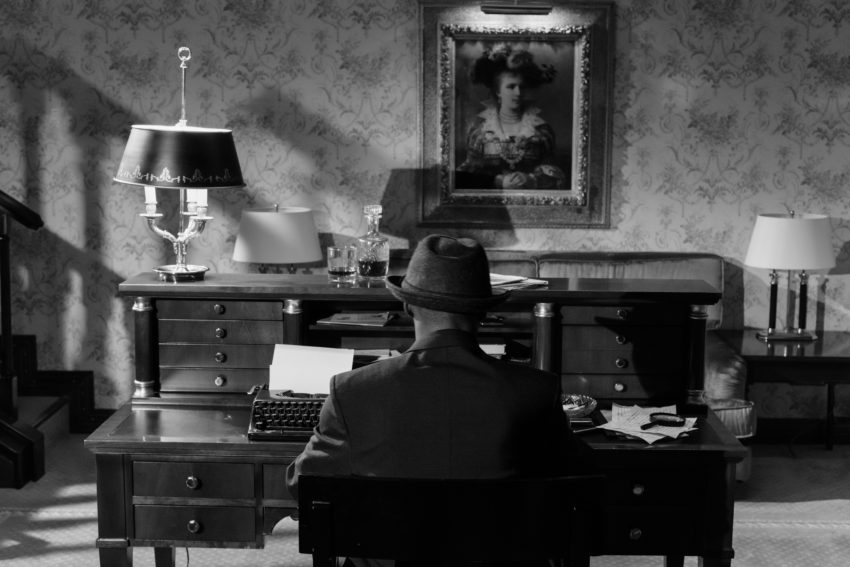I’ve heard cozy fantasy described as “low-conflict, low stakes.” Not wars, but interpersonal conflicts. Not saving the world, but saving a bookstore.
The definition of ‘cozy fantasy’ is still very much up in the air as of early 2024. Some readers don’t want any conflict at all: think ‘slice-of-life’ or iyashikei, Japanese healing anime. Others want a bit of conflict but no violence, and still others are okay with violence as long as it’s not extreme and there’s a happy ending.
That’s why I call most of my writing ‘cozy adjacent.’ It’s got a big helping of what readers call cozy, and some things they may not find cozy at all.
One novel, Talio’s Codex, I call ‘cozy fantasy noir.’ It’s got a darker, grittier tone, with morally grey characters working against unfair institutions and systems. But there’s still meals and conversations together, quiet character moments, a sweet romance, humor, zippy quips and an unabashedly happy ending. Surprise! I no longer think Talio’s Codex is a cozy fantasy noir.
Cozy things I include:
- Happily Ever After (HEA) – Given the state of the world, I think it’s important to have an HEA. I’ve written a couple of short pieces without an HEA, but my novels will always end happily.
- Romance and love – This goes along with the HEA. Romance and love are such an important part of life that I think they should be part of every story.
- Friendships and relationships – These are the building blocks of coziness, whether fantasy or otherwise.
- Food and drink – Another important part of cozy fantasy.
- Humor – Even in serious scenes, a bit of levity helps cozy things up.
Cozy-adjacent things I include:
- Emotional struggles – I often call them ‘heart-wrenching.’ I think it’s important that characters go through a bit of grief (or a lot of grief!) before a happy ending. It’s like sprinkling a bit of salt on an orange slice. It makes the happy ending all that sweeter.
- Interpersonal conflict – Different characters have different worldviews and different goals. That’s realistic. That’s life. It doesn’t mean one character is right and the others are wrong. But they have to find a way to deal with it.
Violence – In Talio’s Codex, there are a couple of very brief attempts on the main character’s life. That’s part of the conspiracy he’s investigating. It doesn’t take away from the HEA, and it doesn’t put a pall of ‘oh no, potential violence is everywhere’ over the story.- Illness – in The Library at Eventide, the main character has a chronic illness that has a major impact on his life. It doesn’t define him, but it is a part of him. He has to come to terms with it and what it means for his goals and dreams. Again, there’s an HEA. I consider illnesses (and things like addictions) part of life, and I think it’s as important to include them as it is to show a diverse range of ages, sexualities, body shapes and so on.
Things I never include:
- War/genocide/mass battles – No thanks. I don’t like writing them, and I don’t like reading them.
- Sexual violence – There’s enough of that in our world. I don’t want to add to it.
- Emotional abuse – See above.
- Grimdark – I define this as ‘A pervasive feeling that the world is unsafe and violence-filled, and that good people can’t win.’ I tend to be a pessimist, but I’d much rather write about worlds with optimism and cheer and hope.
The takeaway: Check out the content warnings for my novels. Or drop me a line if you have any specific questions about a story. I can’t promise you I will identify every possible element that might be of concern, but I do try. I’d like you to enjoy my writing!
